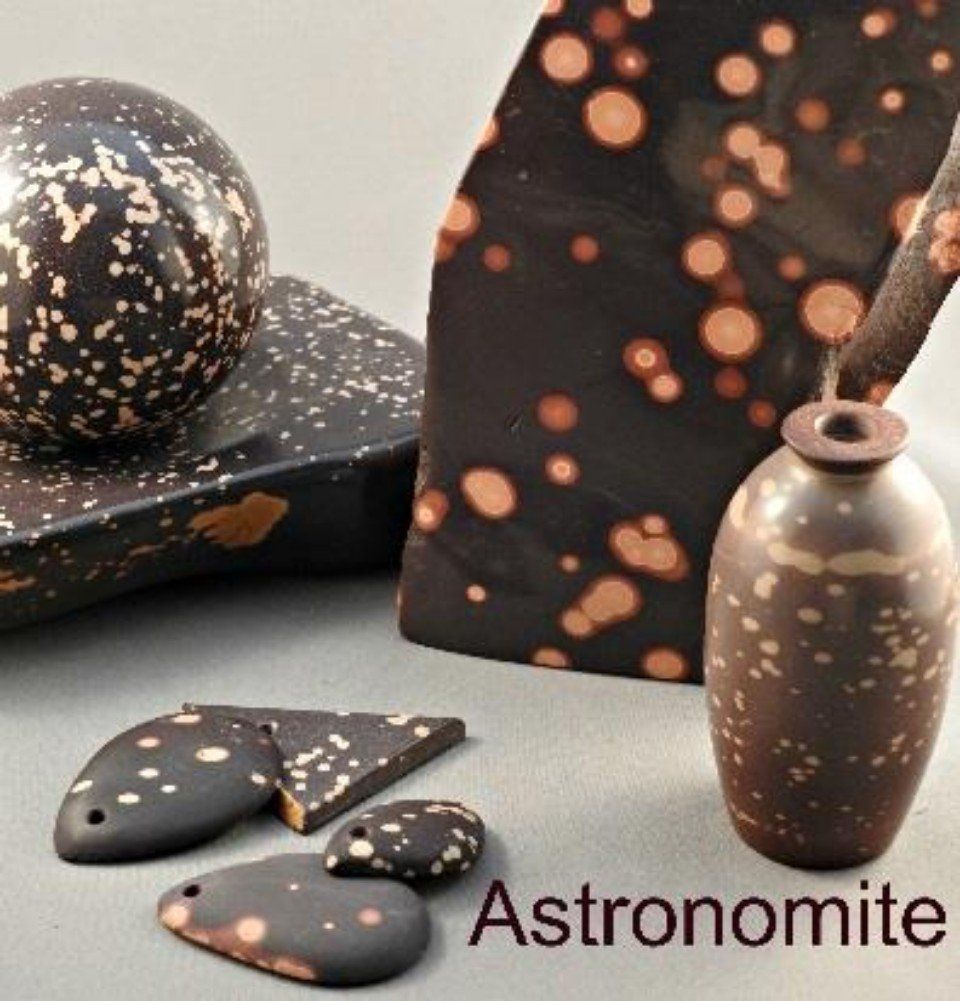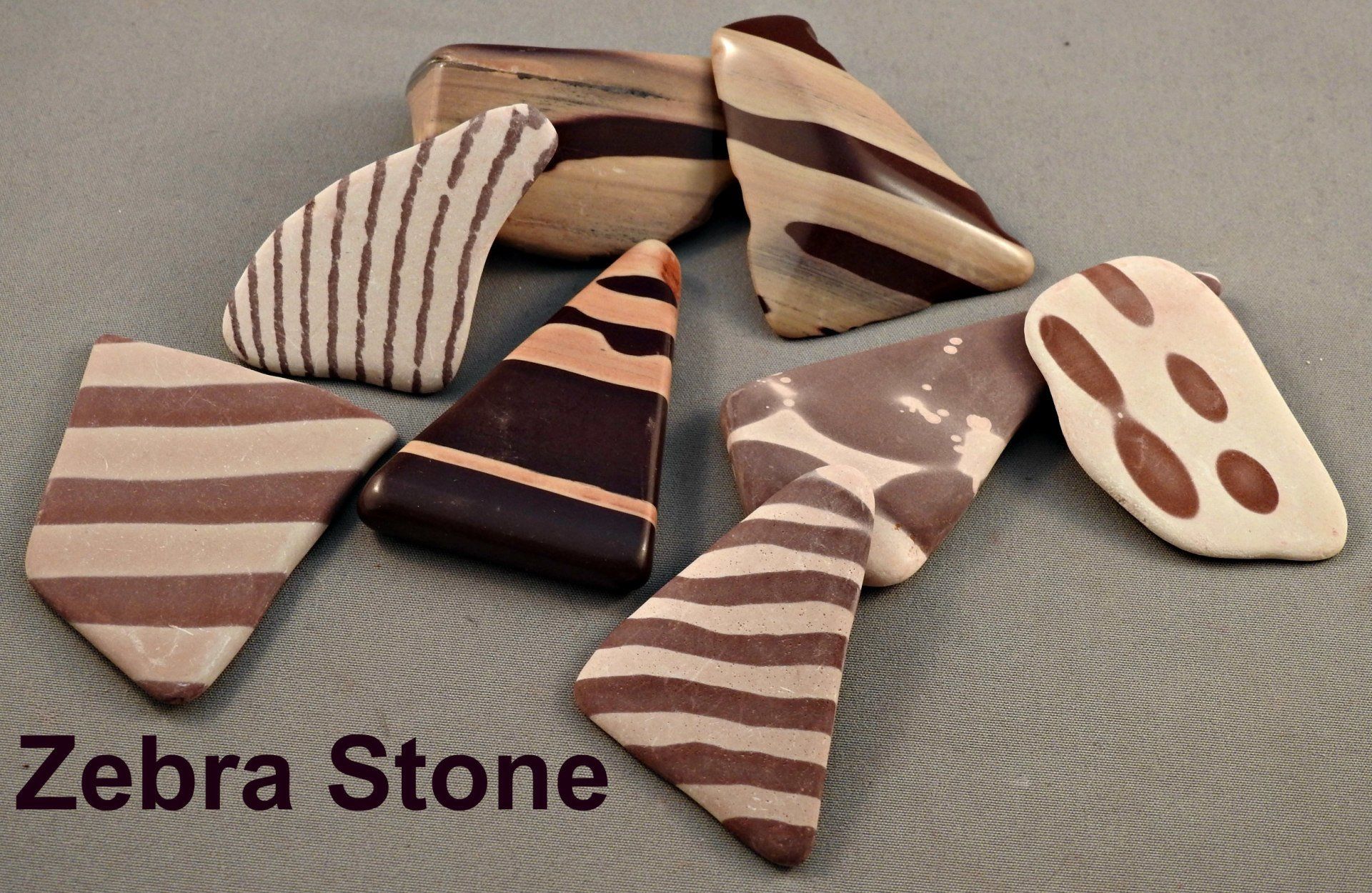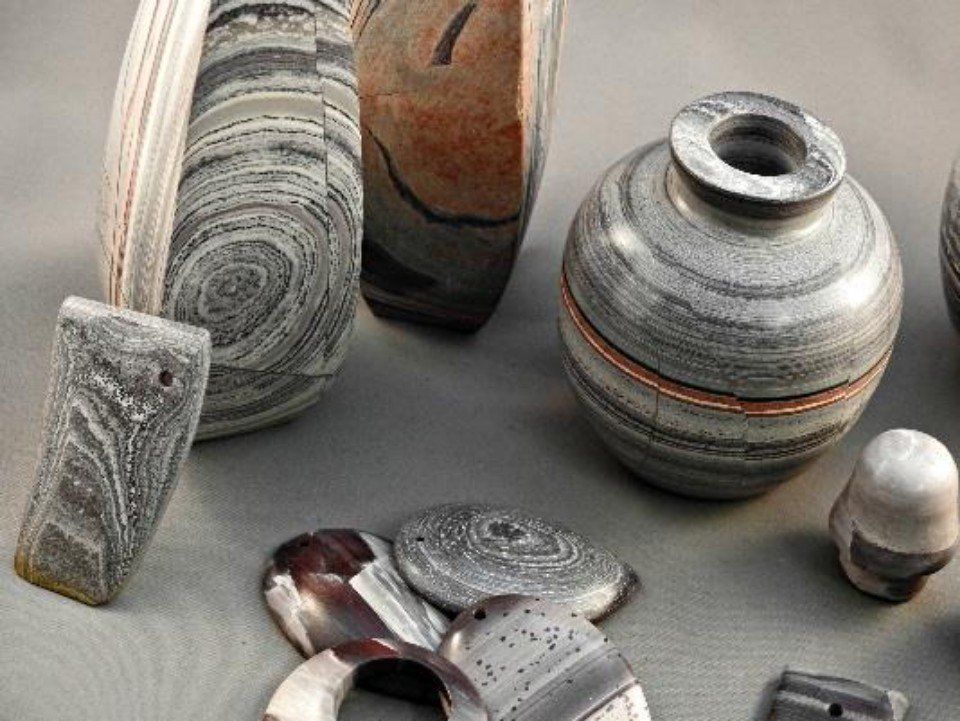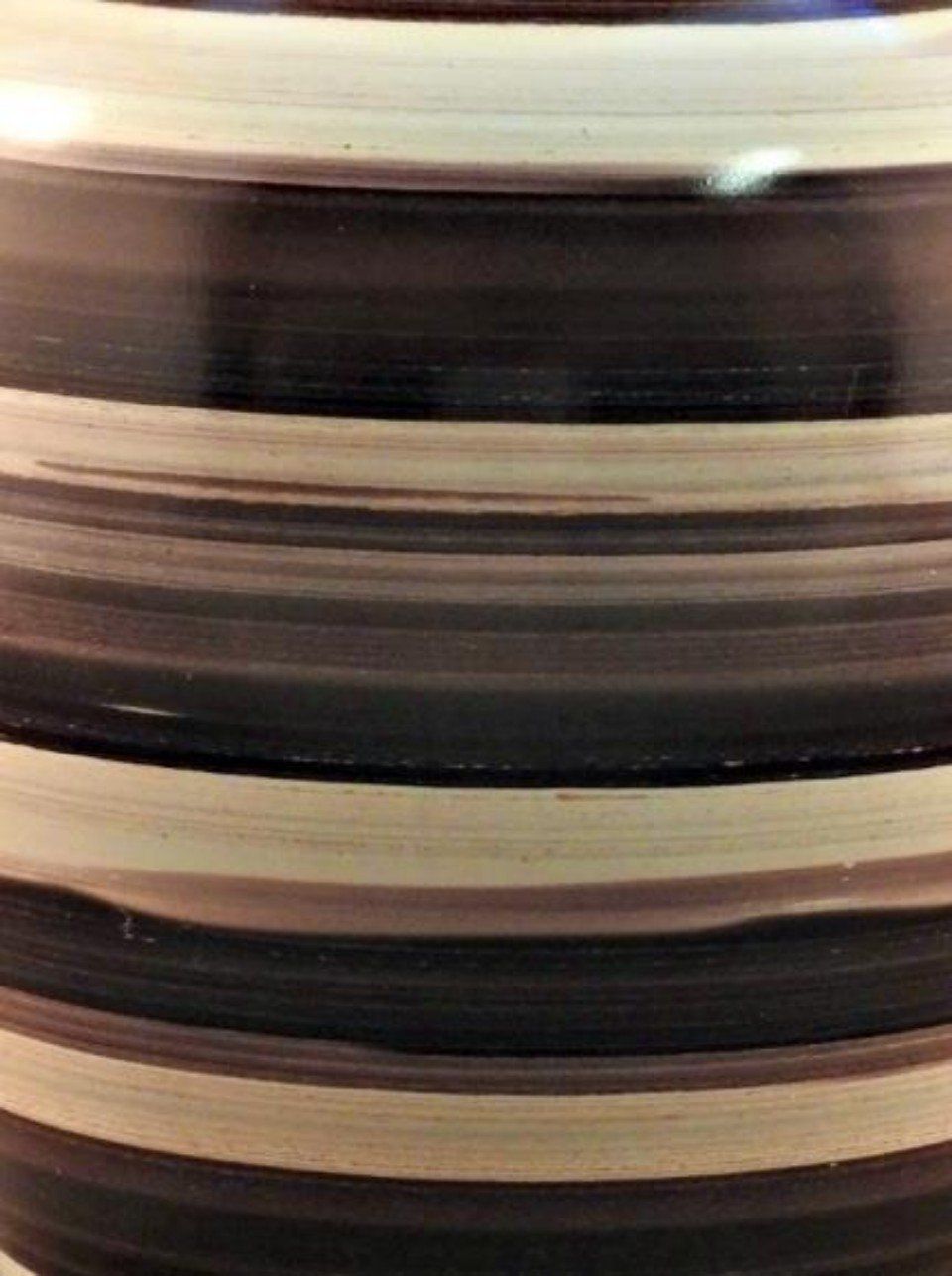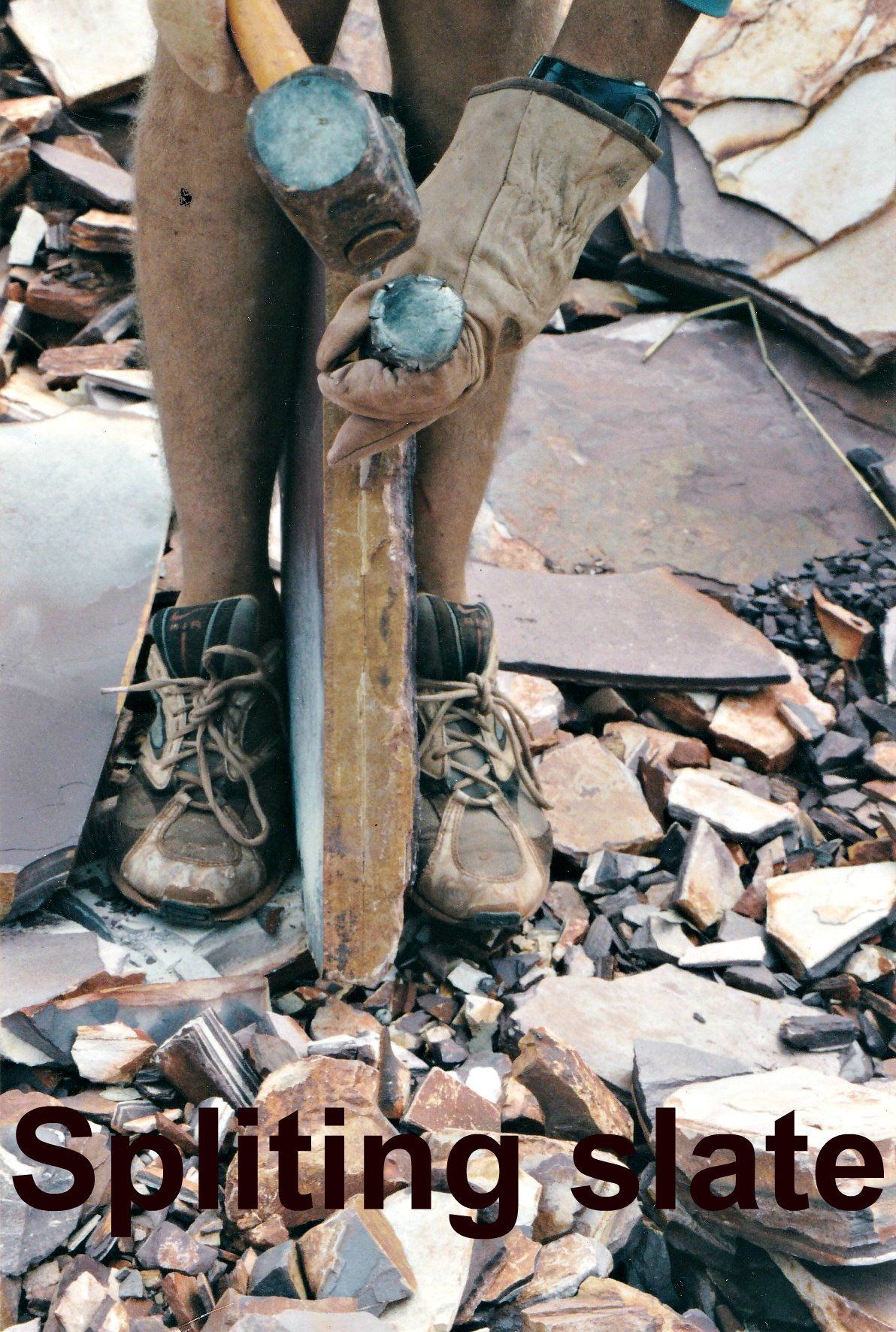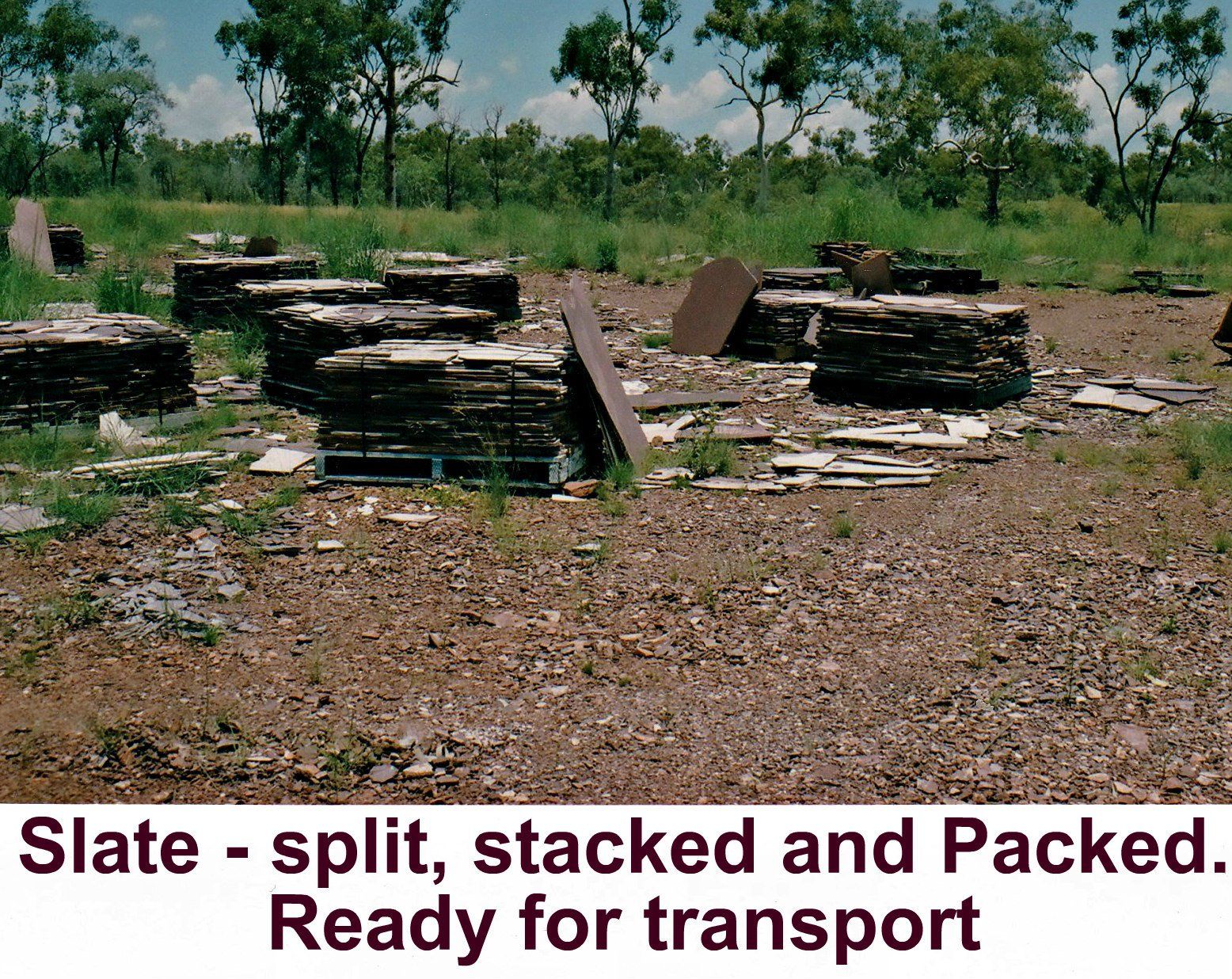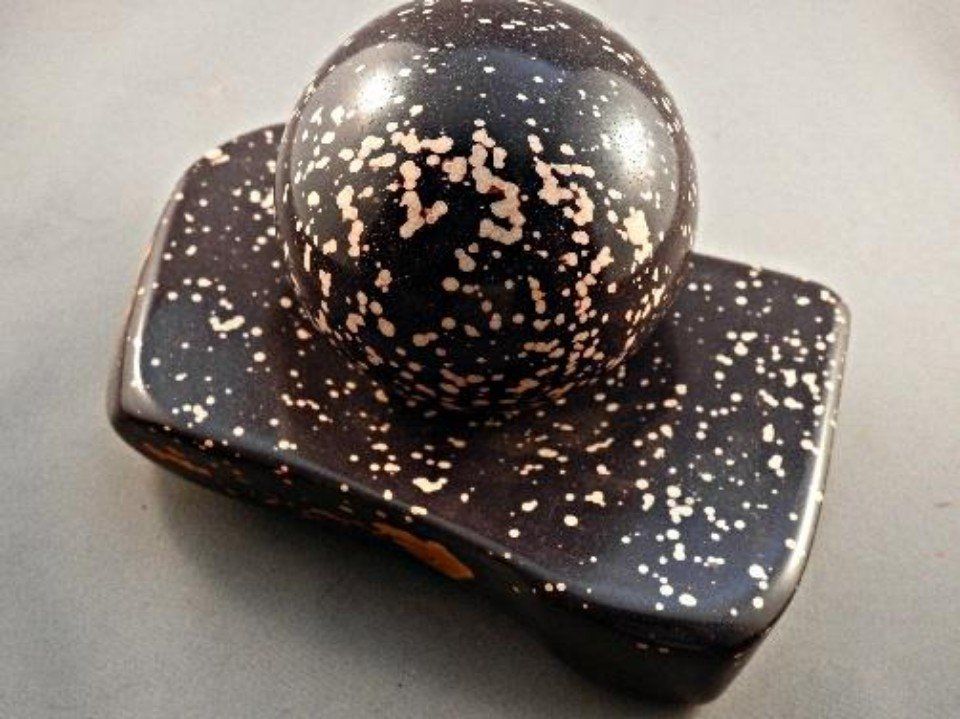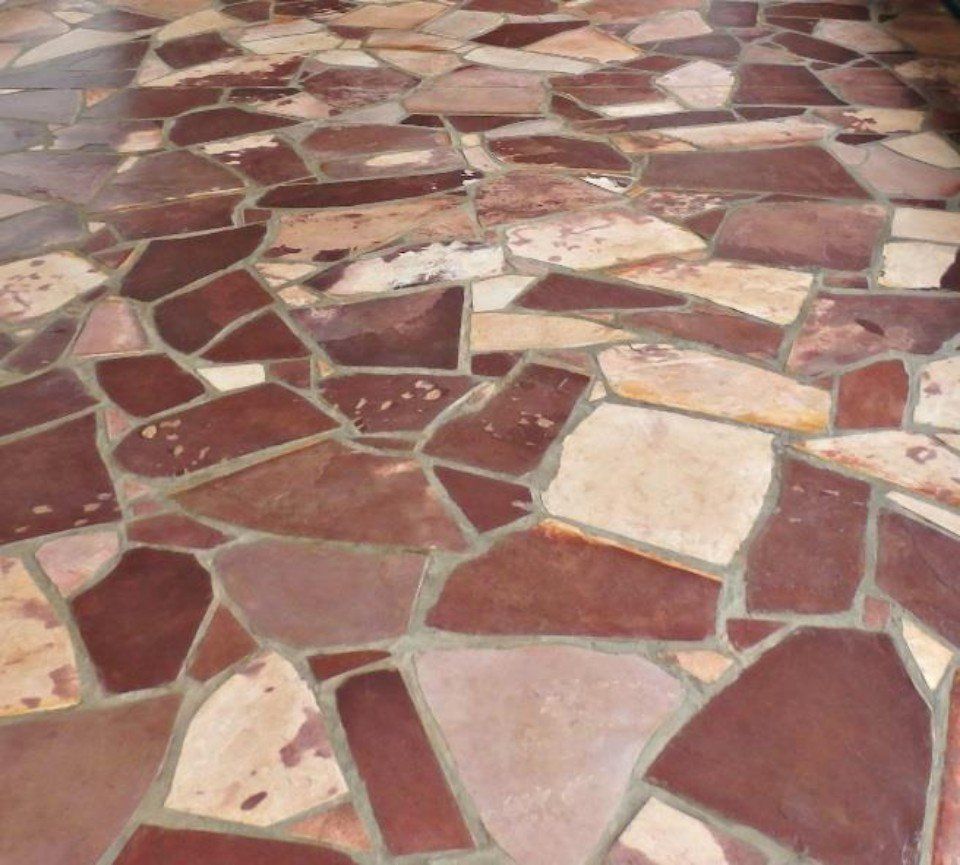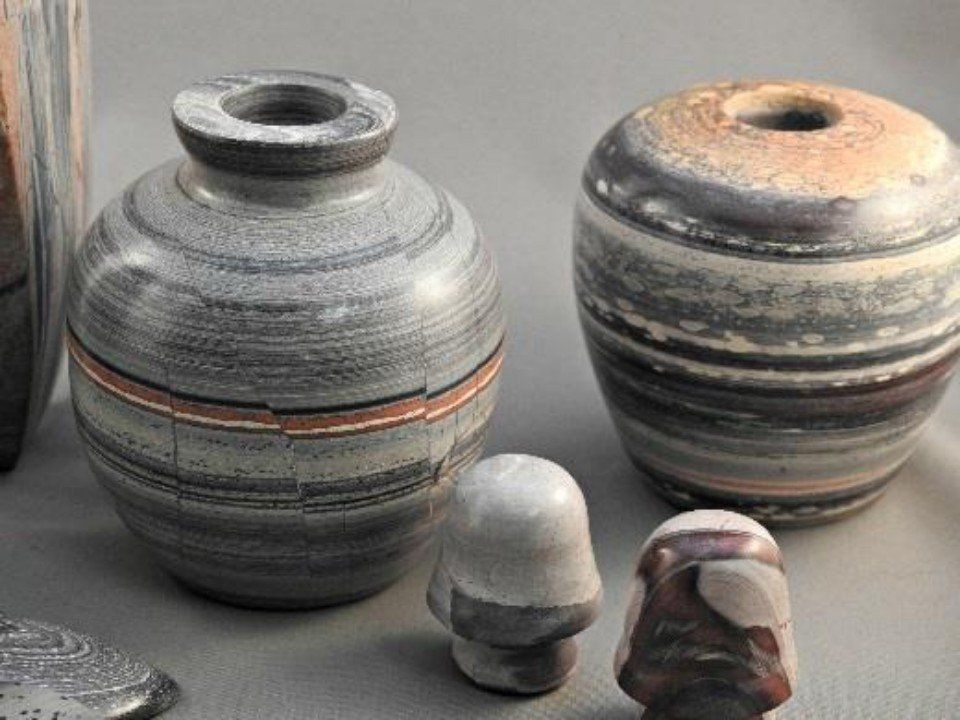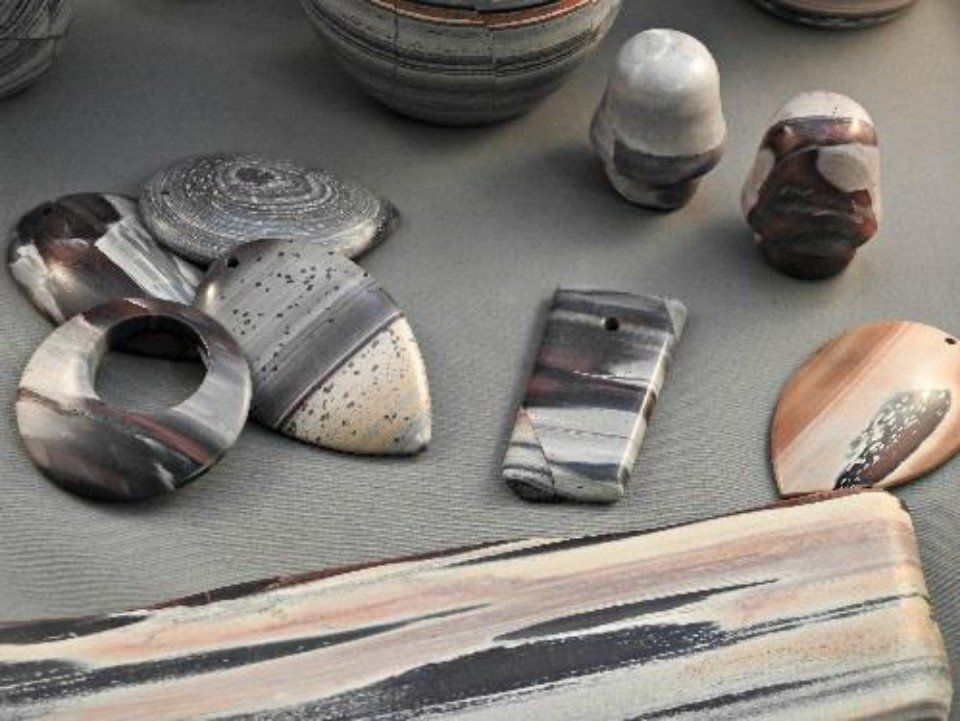The Geological Source of our Stones From Kununurra
Based in the East Kimberley Region of Western Australia and across to the Western Northern Territory lies the Ranford Formation, which is the remains of an ancient geological structure. It follows that alignment of the Halls Creek Fault which travels for hundreds of kilometres and is also home to the Argyle Diamond Mine and other significant mineral deposits.
Due to exposure and erosion over millions of years, only small portions of the formation remain. The formation contains metamorphosed folding, hard rock structures and glacial and sandstone deposits. Out of this formation, there are four distinct stone types that have been discovered. These are the Zebra Stone, Okapi Stone, Ranford Ribbon Stone and Astronomite.
History of the Ranford Formation
The Ranford Formation is the remains of an East Kimberley Region of Western Australia. Aside from the rich geological history that the Ranford Formation holds, this formation also holds a rich cultural history. It takes its name from the perceptive surveyor, Henry Samuel Ranford, who accompanied John Forrest’s exploration party in the 1870s. Most of what remains of the Formation consists of oxidised layers of shale, slate and siltstone, but there are also remnants of unique and special stone varieties can be found. These stones include the Zebra Stone, Okapi Stone, Ranford River Stone and Astronomite.
Astronomite
Astromonite is the most recently documented and the rarest decorative stone in the Ranford family. It is also known as the ‘Kimberley Moonstone’ or ‘Moonstone’. A mineral high in ferric oxide formed through volcanic activity and reacting with the clay host materials has produced spectacular randomly distributed orange-pink spheres. Subsequent pressure on the layer post-deposition deformed these balls to so that in cross-section they appear as spheroids.
Astronomite Information
Zebra Stone
There is a Good deal of speculation as to the origin and subsequent alteration of the material we now refer to as a Zebra stone. Early studies placed its age at over half a billion years.
In all likelihood sheets of fine silty material settled as seasonal layers at the bottom of a large quiet body of water. An impressive number of these layers accumulated, each with subtle or significant differences in composition and texture. Certain layers, separated by greater or lesser intervals of time developed characteristic uniform rhythmically curved iron-rich bands across the bedding plane of the sediment. This could have followed the deposition of fine ferric dust from periodic volcanic activity.
Ranford Ribbon Stone
Heat and pressure applied to the original fine clay deposits have produced multi-coloured irregular patterns of blues, greys, orange, burgundy and reds. These iron-rich elements have played a key role in the patterning, particularly where extra heat from a myriad of faulting has occurred. Silica deposited in the fine fault gaps has formed a super-glue, binding the stone into a solid mass.
Okapi Stone
The Okapi Stone was named after the African deer that has a similar colouring of browns, whites and pinks. It is the most abundant of the group. Millions of tonnes of the mostly brownish slate can be easily cleaved along the horizontal bedding plane. It forms the capstone on significantly high hills close to the Northern Territory. This also contains some layers of coarse banded Zebra Stone.
Okapi Stone that does not have a pattern suitable for Ornamental work is made into slate. We use a hammer and bolster before stacking to get ready for transport.
